Did you actually think yesterday’s post was mine? Did you forget that yesterday was April 1st? (If you didn’t see it, you can read it here.)
To those of you who were scratching your heads: APRIL FOOLS!
That said, I did actually prepare my own installment for the World Builders 2.0 series to close it off. I just wanted to wait until today instead.
By the way, if you enjoyed yesterday’s little joke, credit goes to Melissa Berg’s son, Sam, who did the brilliant crayon rendition of my map, as well as his own little spin on my article. The Spaghetti Monster on the Blood Dawn cover is my own touch, but the rest is all his.
So here it is (for real), the final World Builders 2.0. Enter my world, the world of Blood Dawn:
Geography and Nature: the big picture
There is one large continent, and several smaller groups of islands to the west and south, the Westlands, the Western Isles, and Paradistra. To the far north, a strip of land stretches around the world’s top like a crown, the Viking-esque land of Northshore, while to the far south, the Icelands of Allamar hold the secrets of the world’s origins.
The main continent is divided by the mighty Crossing Mounting, which run loosely north-south, and east-west. In the mountain’s heart, where both mountain ranges meet, the land rises to its highest, cresting at the Bloody Plateau. The lands to the north of the mountains are cooler, while to the south they are much hotter; the land of Paradistra is tropical.
Special features that makes your world unique, exotic, or strange:
The world is not round. At the extreme reaches of the oceans, it is surrounded by a border of strange mist-like substance called the Whims. There are contradictory accounts of what lies beyond. Some claim to have gone in and found waterfalls that flow upward, or exotic seas coloured violet. Others who go in never return, or come out raging mad. No one has mapped the world beyond the Whims, and for this reason maps of the far seas are always bordered with clouds.
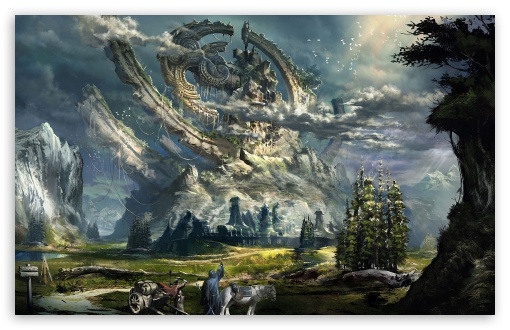 There is also talk of a Sky Kingdom, though this is likely only a legend. The god-king Azzadul at the height of his power, sought to claim this Sky Kingdom by building the tower of Zukkar-Akkan, an ultimate symbol of his godhood. He did this from the Bloody Plateau, the highest point in the earth, but soon after the Curse corrupted his cause and the tower was abandoned. Its ruins became the foundation of a city called Gholheim.
There is also talk of a Sky Kingdom, though this is likely only a legend. The god-king Azzadul at the height of his power, sought to claim this Sky Kingdom by building the tower of Zukkar-Akkan, an ultimate symbol of his godhood. He did this from the Bloody Plateau, the highest point in the earth, but soon after the Curse corrupted his cause and the tower was abandoned. Its ruins became the foundation of a city called Gholheim.
Magic and how it is defined in your world:
Magic is mostly understood, saved by a few elite who were closest to Azzadul. Magic, at its
source, originates from the mysterious fire of dragons said to live in the blood of every being. Because the Dwarf Men were far more ancient than humans, they had time to master their power. To the new humans who entered the world after the last Dragon Age, these Dwarf Men were gods.
No human has mastered the dragon fire in human blood. Even Azzadul, who was half human, and half Dwarf. He was not able to entirely master the depths of his human-based power, but Azzadul, during the two hundred years of his reign, imparted wisdom to his followers, wisdom that spoke of great potential in human blood.
From this, there are speculations on the powers that might be available to humans, should they undergo the correct initiations. These powers come from the seven stones known as the Sacred Stones – each one derived from one of the cooled fires of the seven great dragons who created the world into which humans were born.
Malak, the green stone, is derivative of the dragon Aurelacton, believed to extend life and health and strength. This was Azzadul’s obsession, and his doom.
Korrun, a red stone, is derivative of the dragon Inniken, believed to channel the power of thought. This stone was the obsession of a mystic called Talamus who lived more than five hundred years ago, a man who, legend says, never died.
Heart of Azure, a blue stone, is derivative of the dragon Laurekan, believed to give one mastery of space and time. It is the most unstable of the stones, and during his reign Azzadul invested the energy of his greatest scholars in trying to understand it.
The other four stones are not well understood at all, because Azzadul’s mind did not turn to intuiting their power; for this reason, several scholars have concluded they are not 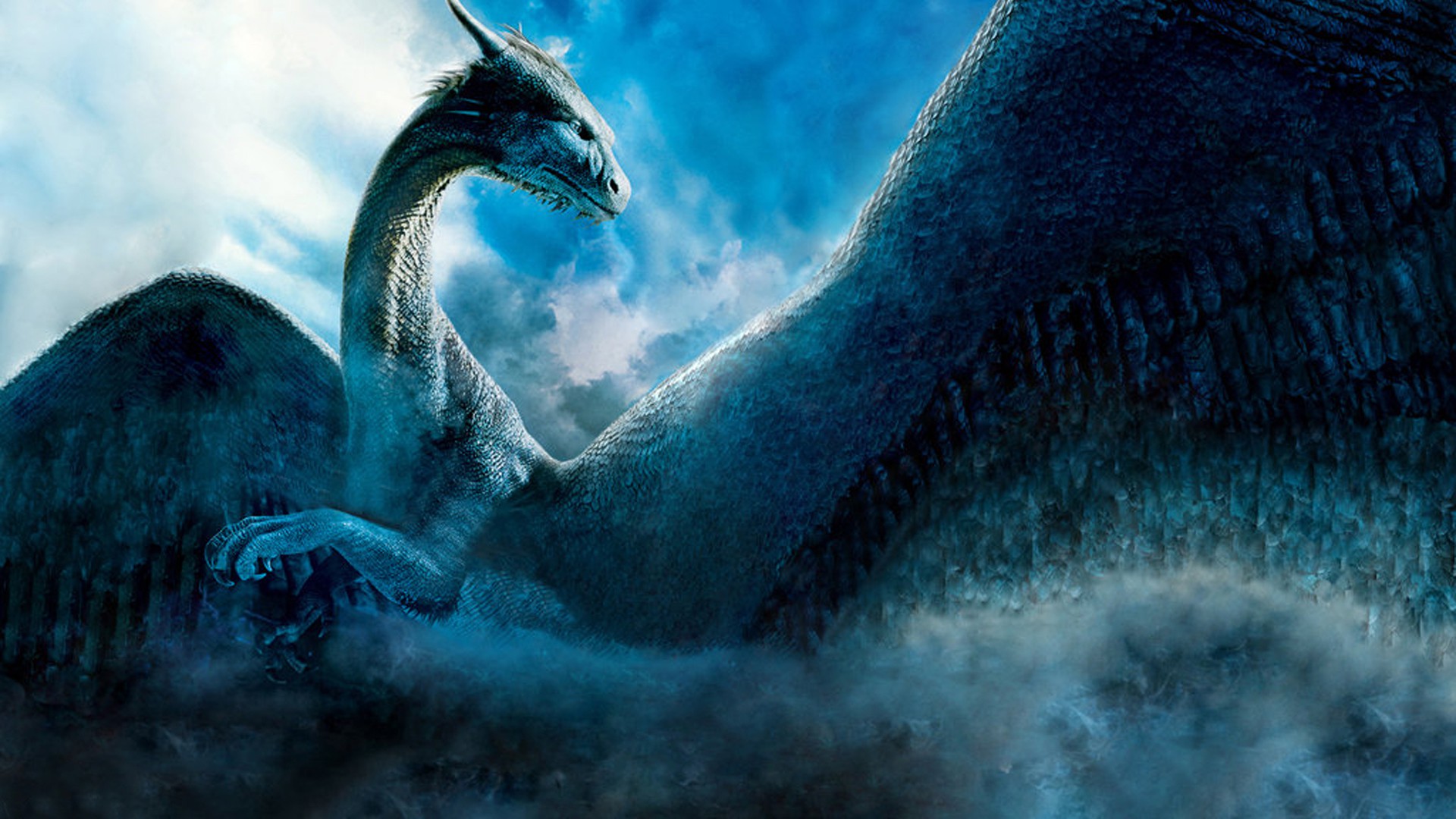 important, all except one. There is Azzath, the violet, Ozz, the yellow, Arranite, the white, and Deathstone, the black. Deathstone, though its power was never explained by Azzadul, was needed in his work with Malak, for it is derived from the fire of Ectalacton, the Queen Dragon, the mightiest of all. Although he never explained its power, those who gathered close to him after the Curse swept through his court – those who lived and were not killed or tortured by the whims of his insanity – spoke of a shadow that surrounded him, a shadow with vaporous wings barely seen in the air, as though a trick of the light. Some said when they were near Azzadul, before he finally vanished, that they felt they were in the presence of a dragon waiting to enter the flesh.
important, all except one. There is Azzath, the violet, Ozz, the yellow, Arranite, the white, and Deathstone, the black. Deathstone, though its power was never explained by Azzadul, was needed in his work with Malak, for it is derived from the fire of Ectalacton, the Queen Dragon, the mightiest of all. Although he never explained its power, those who gathered close to him after the Curse swept through his court – those who lived and were not killed or tortured by the whims of his insanity – spoke of a shadow that surrounded him, a shadow with vaporous wings barely seen in the air, as though a trick of the light. Some said when they were near Azzadul, before he finally vanished, that they felt they were in the presence of a dragon waiting to enter the flesh.
Races and cultures: your world and its people
Races or dominant species:
There are two species in the world, the ancient Dwarf Men, and the far younger humans. Long ago, when humankind first awakened from the cooling fires of the last Dragon Age, they worshipped the Dwarf Men as gods. The Dwarf Men were superior in intellect and concealed their magic from humans, but during the later dynasties of the Dwarf Men, some of the Dwarf Lords took a fondness to human beings, particularly Bain in his thirtieth reincarnation and onward.
Slowly, the rift between humans and their gods closed and Dwarf culture blended into human culture. The richest of these cultures formed in the far south of the world, the present day isles that make up Paradistra. Even after the Dwarf Men mysteriously departed from the world, some two hundred years ago, still their ways were imprinted on the cultures of the present age.
Cultural expressions that are quite different from our own:
It was Bain the Forty-First, known as Bain the Human, who moved his mansion from Paradistra to the Crossing Mountains to establish a human-Dwarf empire, some three thousand years before Blood Dawn is set. Around this, the Heartland Kingdoms formed and the cultures which resulted were all infused with Dwarf ways.
One feature which was most widespread was the Northern Ways, a term given to the common homosexual (usually not romantic) relations between men. It is in fact as commonplace and accepted as the usual romantic love between a man and a woman, and there has never been a history of shame or condemnation for such a practice.
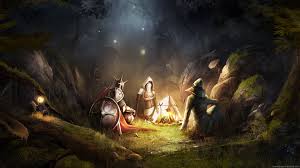 The origin goes back to humans emulating their gods. The Dwarf Men, despite being only male and reproducing through death and reincarnation in the organic stone of Barranor, were highly sexual beings. Their magic was believed (though only by speculation) to be expressed through various sexual acts. During the reign of the final three Bains, when the northern cultures gathered close around the Dwarf Lord’s kingdom and were privy to more and more of the forbidden secrets, humans believed they might themselves find such power therein.
The origin goes back to humans emulating their gods. The Dwarf Men, despite being only male and reproducing through death and reincarnation in the organic stone of Barranor, were highly sexual beings. Their magic was believed (though only by speculation) to be expressed through various sexual acts. During the reign of the final three Bains, when the northern cultures gathered close around the Dwarf Lord’s kingdom and were privy to more and more of the forbidden secrets, humans believed they might themselves find such power therein.
In some of the earliest cultures, women were seen as superior to men. This observation derived from the fact that, since there were no female Dwarfs, then the female gender must be special. In these earliest cultures, an elite class of women ruled the men. These rulers shaved their heads and donned bearded wigs to take on the look of Dwarf Men, and often kept a harem of men-slaves in their courts who would do as they pleased. Because these women were seen as sacred, it was considered an unclean act for them to be used for conjugal purposes. Instead, they would make their men-slaves play, an act which reminded them of the great Dwarf Men who they aspired to be like.
This culture is long-dead, but its roots are strong in several kingdoms. Paradistra is known as the land of pleasures. In the north, Tyra, one of the Wine Kingdoms, has an economy built entirely on the trade of flesh, where women often rule a court of male prostitutes much like in the former times. The world around, men will often decide to have a Northern Kiss – an act which is derivative of worship, and the aspiration to conjure magic.
Religions, language, and recreation: expressions of your world’s people
What are your dominant faiths, beliefs, and religions?
There are several religions, but they can be grouped into two categories: those who believe that humans have a special place in the world separate from the Dwarf Men and those who believe their destinies are intertwined.
The first such group is made up of the White Priests, and the derivative sects that came after Azzadul. They believe in one god, called Vatarin, who created all things. They believe, too, in a Black God who is both the enemy and co-creator. Together in their war, the universe was made, but Vatarin is supreme and the will of Vatarin will prevail according to their faith. The concept of blessings from the White God and curses from the Black God is so old it is ingrained into common language even for those who do not follow the faith.
The White Priests have altars mostly in major cities, all except Gholheim, where Azzadul’s Sun Priesthood took over them. Two later sects, the Goodbrothers and the Templemen, have become widespread and more accessible faiths practised across the Heartland Kingdoms.
The Goodbrothers teach that a divine unity called the Goodness can be found in the broken, and as such they take on simple lives, wandering the world to help those in need. The Templemen derive their faith from a book called The Words, wherein it is said the divine writ of Vatarin has been transcribed as an instruction booklet to be followed without error. According to The Words, the world into which humans have been born is a punishment and they must endure to make it to their true world in the life thereafter.
There are lesser sects too. The Red Sisters, distant kind of the Goodbrothers, wear red wimples and black-and-red robes and carry baskets of bread, offering a loaf and breaking it when they come across a troubled soul. The Black Priests are an order without rules who make a parody out of life, believing their role is to knit together the wounds of human suffering through giving laughter and moments of joy to those they serve.
On the other hand, there is the second group of faiths, and there are myriad. They are called the Free Faiths. Most of these have no formal religion but are beliefs that vary from person to person. These date back before the White Priesthood formed, when humans saw Dwarf Men as divinity, when they saw magic and dragon fire in the world around them. These beliefs are often non-deistic, though one such major one, the River Ways, common in the north, sees a Goddess as the source of three great spirits known as the Airs that encompass all creation.
At the heart of all these beliefs, though, is the influence of an oral tradition known as the Dwarf Prophecies. These have been lost from records, but can be inferred from the common threads of the Free Faiths. The world begin from chaos, it will evolve with chaos, it is unstable, it will transform. An end will come, but it will be a beginning. A son will be born into the world, who will unite all, master death and beget an eternal kingdom of peace. It is a time known as the Final Dragon Age, a time which is ever at hand, a time to be hoped for whenever one’s fortunes seem dim.
And that is the one thing the two main divisions of faith, though separate, have in common, though they differ only in name. The White Priests call him Anelior, the incarnation of Vatarin himself. But the Free Faiths call him the Son of the Dawn, and some say he will be a dragon, the final one.
Want to know more about John’s world? Why not enter it by pre-ordering a copy of his book, Blood Dawn.
Rena is a young woman with a magical ability expressed through weaving. She lives in the dark city of Gholheim, where a harsh government bent on the suppression of art forces her to practice her art in secret.
When her uncle exposes her gift to the ruling authorities, Rena is pulled against her will into the royal court, where she discovers her gift is in fact the sign of a birthright — she is the long-lost daughter of Azzadul, a god-king who once ruled the world far and wide.
Because of her identity, Rena is caught in the heart of intrigues hatched by ambitious men and women, some who wants to set her on the throne to rule as their puppet, others who want to kill her to prevent her from becoming too powerful. The worst of them, a rogue ruler of the Underworld who calls himself Zavram, wants to steal her power to amplify his own dark arts. If he succeeds, he will become like a god, more powerful than Azzadul.
Amid the struggle for power, Rena must master her gift, rise up above them all, and claim her destiny, but if she succeeds, will she restore her father’s vision? Or will the immensity of her power make her just as terrible as Zavram?
“Blood Dawn begins by pulling you in through the mind of Rena, a weaver with a rare gift and a secret past. Through her eyes, Robin introduces a dark world full of magic and intrigue, masterfully revealing hidden dangers and secrets one morsel at a time, each glimpse leaving the reader wanting more. He then deftly changes the point of view, allowing more of the well-crafted world to reveal itself through beautiful imagery and engaging dialogue. The first three chapters of Blood Dawn contain triumphant storytelling made unique by the juxtaposition of a world without art told with a painter-like use of color. I can’t wait to read more.”
— C. Brennecke
“John Robin weaves a rich tapestry of magic, intrigue, and dark secrets in a world on the brink of change. His characters are full and real, the world they live in, immense and dangerous; his prose, easy to read and beautiful. There is so much more to discover, and I can’t wait to go there. Preorder Blood Dawn!
— Melissa Berg
“As a “God-King” and “Dragon” level supporter Blood Dawn, it should be pretty obvious I am VERY excited for this book and HIGHLY recommend it! I am quite obviously a lover of Epic Fantasy, and the fantastic world Robin has created with Blood Dawn will undoubtedly enchant and enliven the minds of readers for ages to come! I have been geeking out on all the updates and for those who are as excited as me, I am of the House Mastion, one of the strongest, most widespread houses of Powrend who controlled the trade of relics from the Mines of Emwallin during the height of Azzadul’s reign; AND Dragon Zamisha Zhon (The Old One), builder of dreamscapes, and longest living dragon (some say more than one million years) who claims his birth from the dawn of time. As you can see, there is only one word to adequately describe Blood Dawn: EPIC!
— Jamison Stone
Buy the book!
EBOOK: Inkshares
PRINT BOOK: Inkshares
Connect with John Robin in the following places!
Twitter: @johnrobinrt
Facebook: Blood Dawn

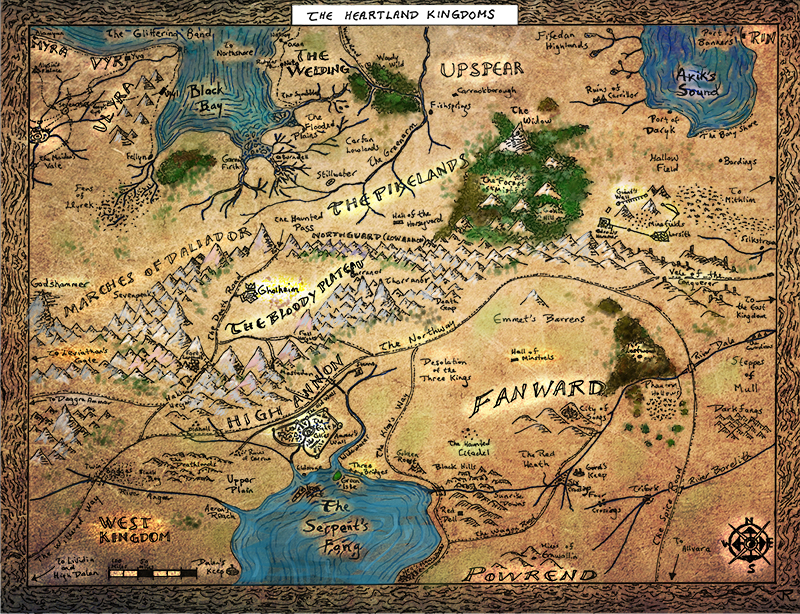
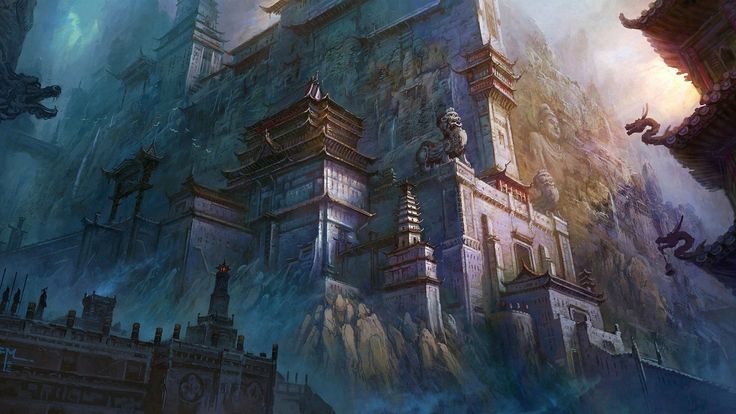
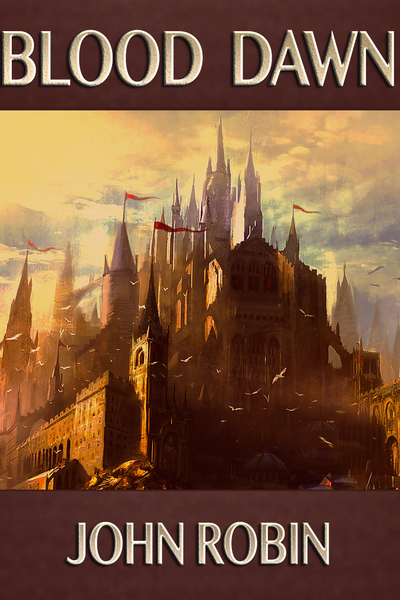
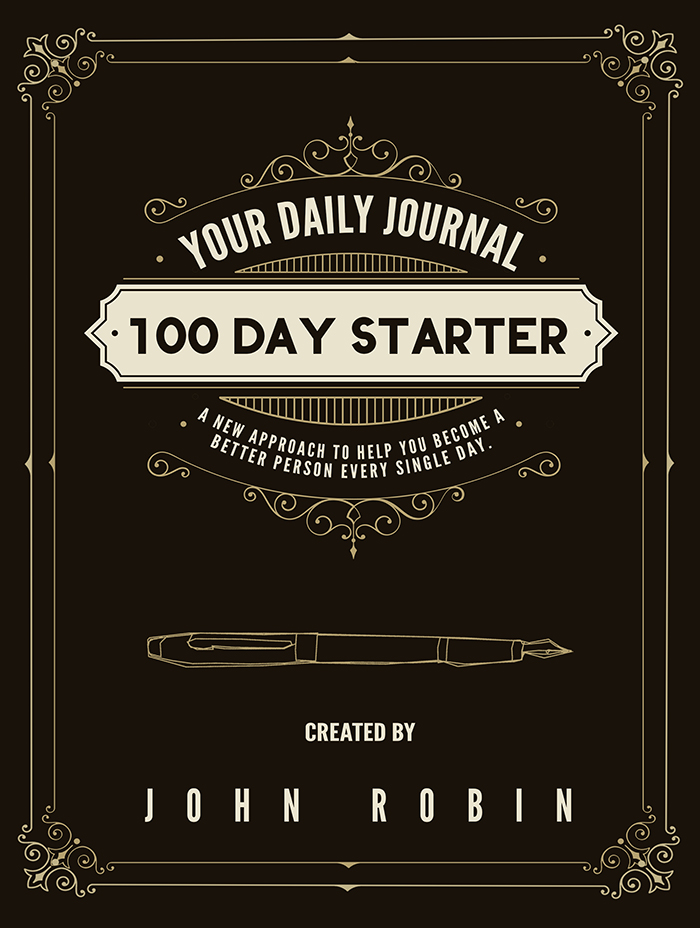
That’s a very extensive universe!
Thanks, Jeyna! It keeps growing. I need to learn wiki software soon — my world notes are getting so disorganized :S
Fun to read, John. Similar things motivate me, and I have written about gods who build universes for a living. Makes it fun to see what they can come up with.
Thanks for sharing. 🙂
Thank you Steve! Gods who build universes for a living sounds like fodder for some great world building. Your book looks amazing!
Thank you, John. It was great fun to do. I just wish I was as good at creating as they are. It always feels like I’m under a deadline for getting the next world built. 😉